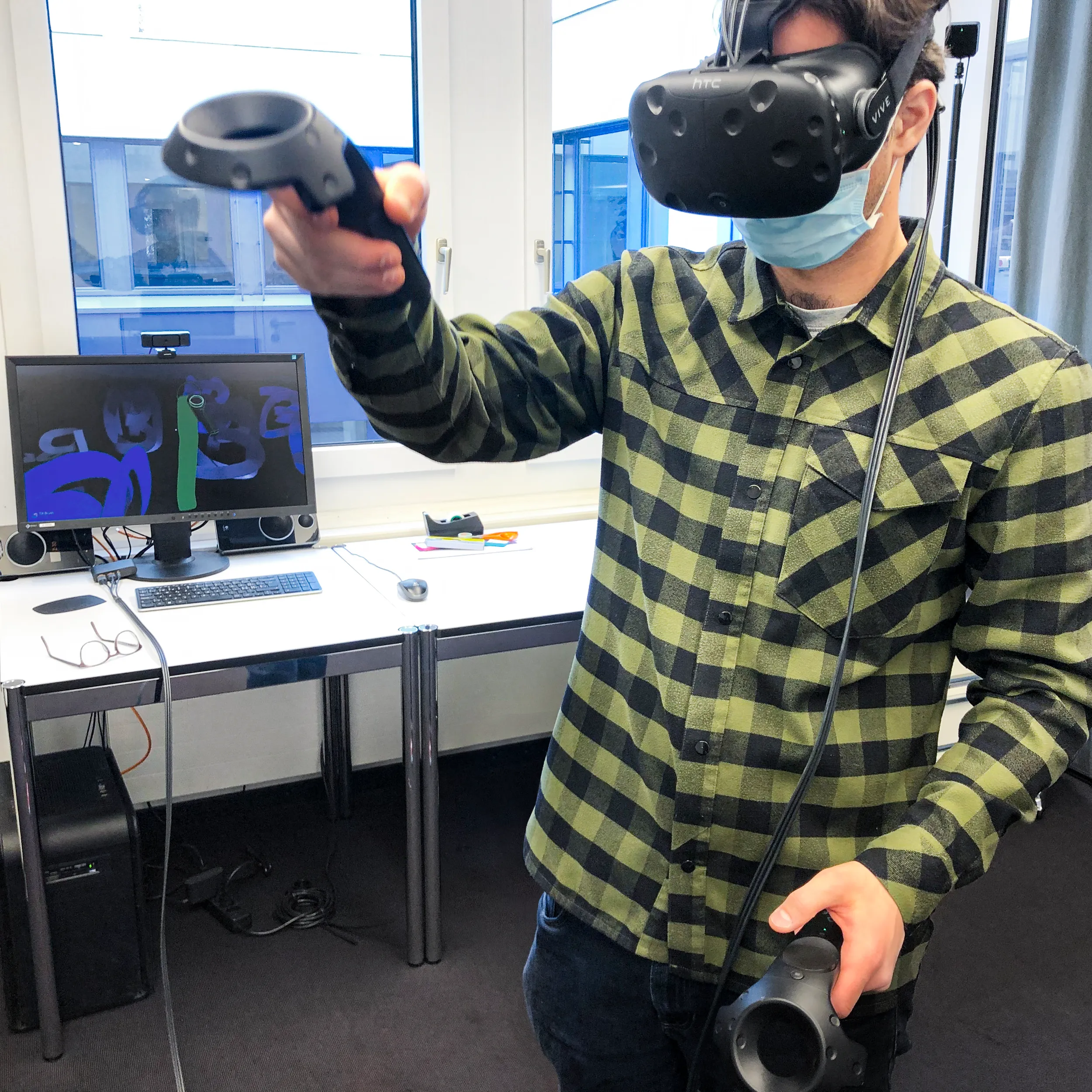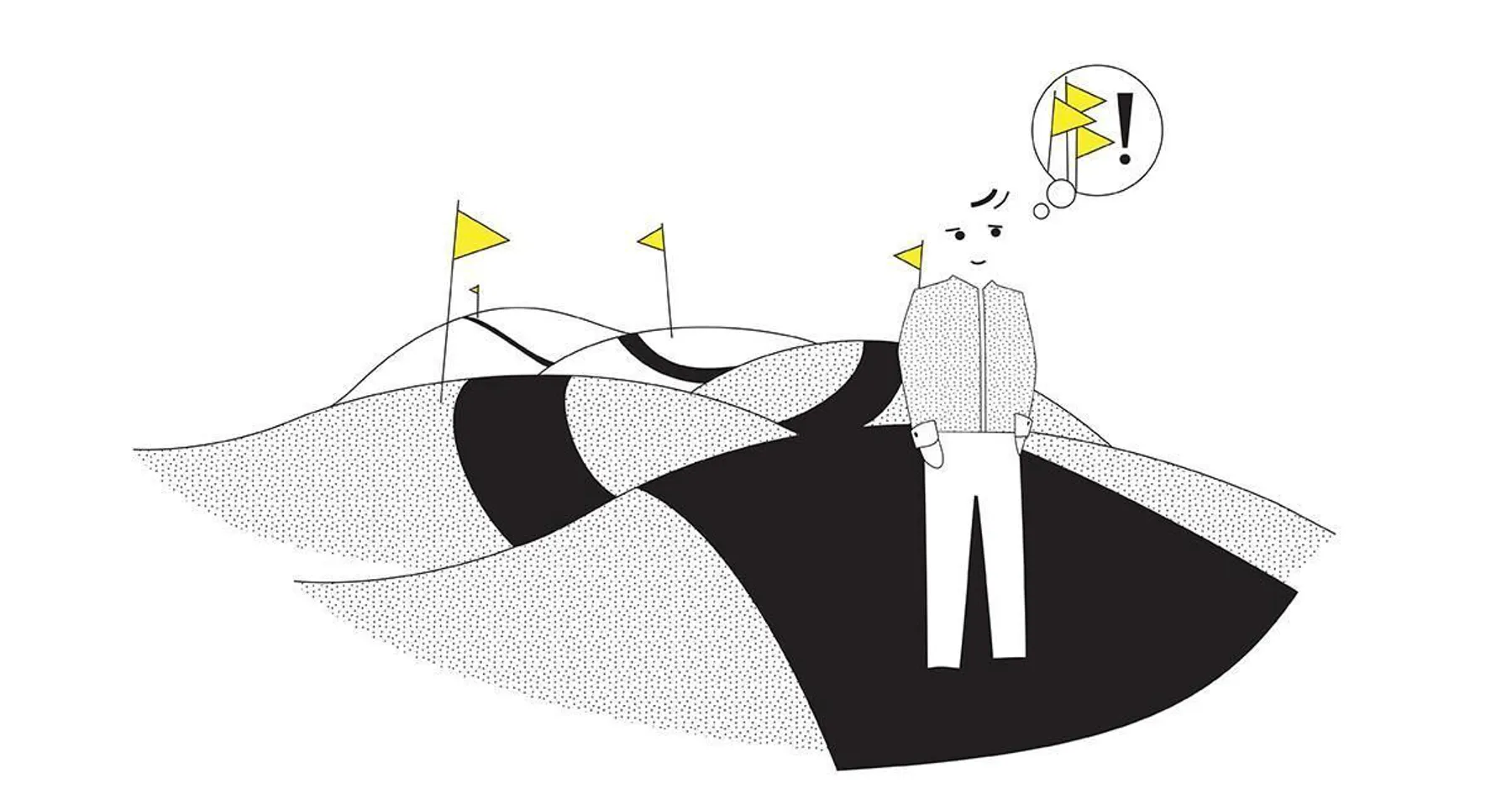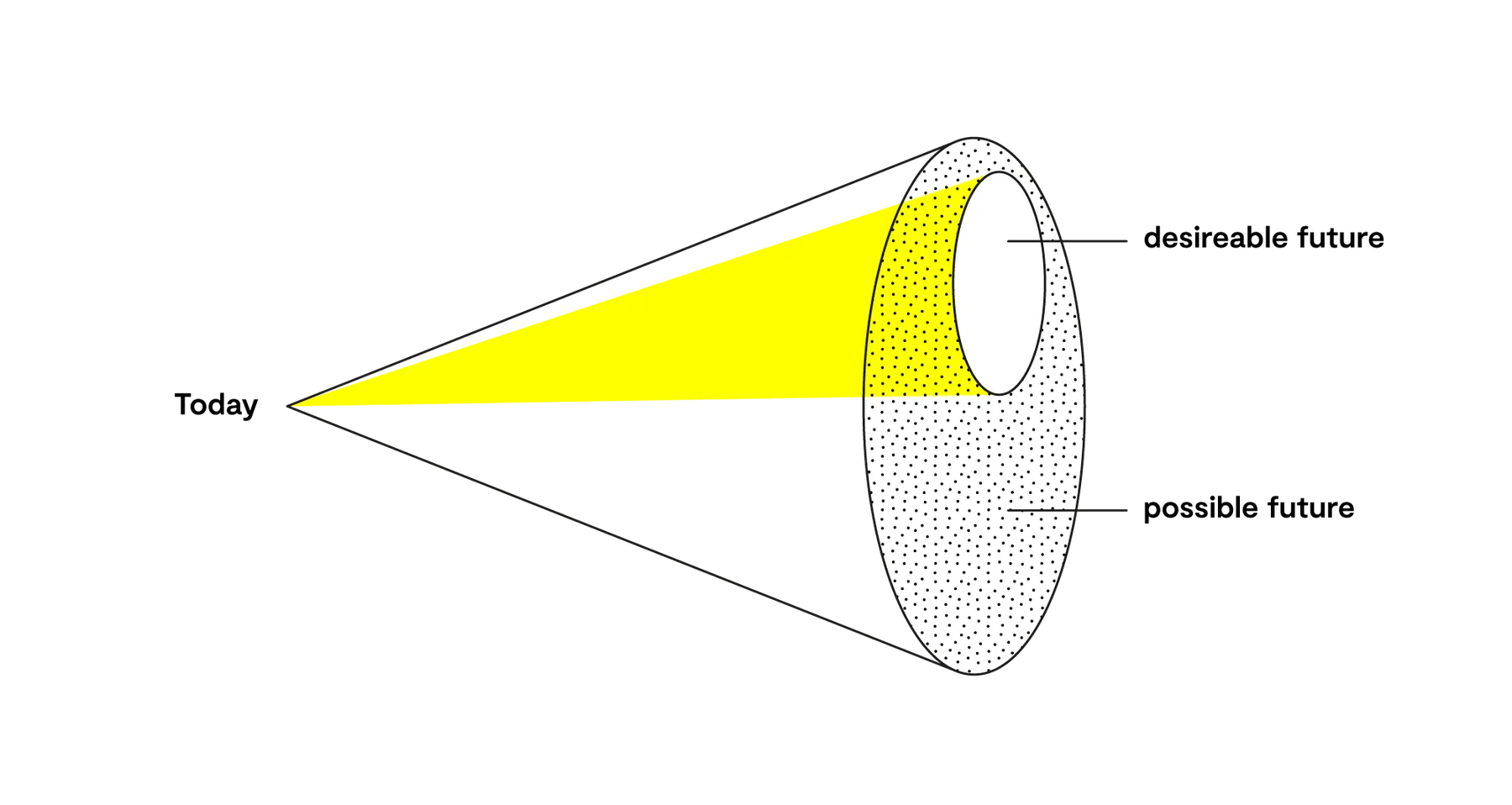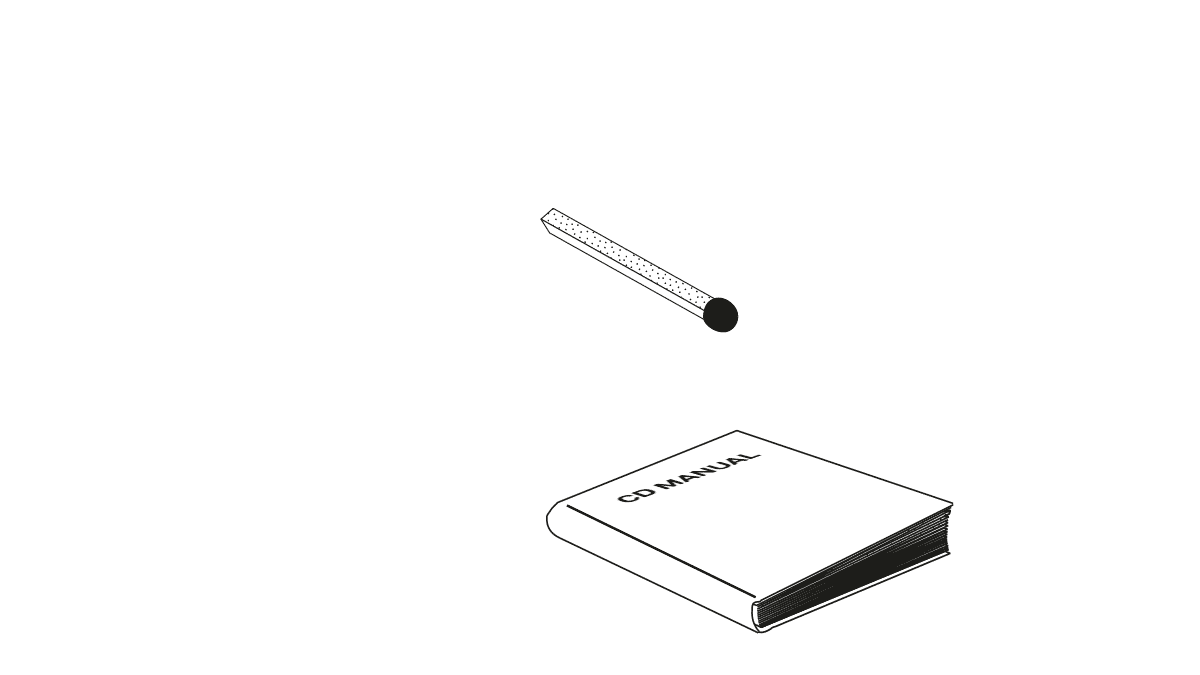Let‘s get in touch – info@hotzbrandconsultants.ch
Sennweidstrasse 35
6312 Steinhausen / Zug

The Power of Speculative Design
The future is central to business strategy. But no one really knows what the future has in store, let alone how to get there. Patrick Ensslin of Hotz Brand Consultants shows what can be done to find the way to the futureThe future is central to business strategy. But no one really knows what the future has in store, let alone how to get there. Patrick Ensslin of Hotz Brand Consultants shows what can be done to find the way to the future.
When companies work on their strategy, it is always about one single topic: the future. It is a matter of setting the right course today and doing the right thing over the coming years so that at a more or less precisely defined point in time a certain goal will have been reached.

Learning from the past?
Often the first look is into the past. What worked in the past? Why are we where we are today? Drawing conclusions from history for tomorrow's success can help but is always marked by hindsight bias, or affectionately the ‘I've always known’ phenomenon, which makes everything that has happened seem logically predictable.
For example, corporate success or failure is readily associated inseparably with the performance of a company's CEO. Events outside one's own sphere of action are readily ignored, and the role of luck and chance is underestimated.
The result: correlation is interpreted as a causal relationship. Statements about the future are formulated too one-dimensionally, and recipes for success from the past are recycled. Those who only want to shape their future on this basis will probably be surprised, and most likely not do anything truly new. In a constantly changing world, this is a death sentence.
Yes, But…
We do not advise against looking at what has made a company successful in the past. But you have to read between the lines there. Look not only at the results, but also at the attitude and the strengths that were built on in the past, and which are also capable of driving success in the future. A company's brand lies precisely here, in the expectations it triggers in people. You have to know them and use them.
But how to project knowledge of the past forward? How can companies judge whether the path they have chosen will really lead to the future they want? One answer is called speculative design.
Looking to Tomorrow = Better Decisions Today
An impressive example of the power of a visualised future was provided by psychologist Hal Hershfield and his team at Stanford University. Voluntary participants in his experiment were brought into a virtual reality environment in which they could look at themselves in the mirror, among other things.
Hershfield showed half of the participants a digitally aged version of their face. Afterwards, the participants' behaviour was observed. It turned out that just the sight of their future selves was reason enough for many to pay more into their old-age provision from that day on. The conscious perception of the future led to better strategic decisions. This is what speculative design is all about.
What is speculative design?
Speculative design is the conscious ‘thinking through’ of decisions made and visualising what that means for the future. These decisions are strategy concept cars, tangible realities that can be used to see where the chosen course will lead.

Speculative Design: How it Works
The procedure is easily explained. Signals form the basis for the design process. This means everything that can have an influence on the future: technologies, trends, social or scientific developments, or even one's own business strategy or product innovation. The signal is then projected into future scenarios. Every conceivable consequence of the signal is mapped and thus forms the field of the possible future.
Within this field, there are plausible futures, and in turn more probable and less probable futures. It is these that are visualised. No matter in what form: as a story, as a picture, as a product prototype, as a film. The important thing is that the prototype triggers an idea of the implications that the signal can have in the future. These implications in turn provide important impulses in shaping the future.
Either it becomes immediately clear that this is not the future one imagines, or an inspiring piece of corporate ambition emerges. In both cases, speculative design makes an important contribution to strategy.

Written By
Patrick Ensslin
Brand Experience Director
Share Article
More Insights
Related Articles
Subscribe
LOOK AROUND
CONTACT
SOCIAL
- © 2026 Hotz Brand Consultants |All Rights Reserved
|
- Privacy Policy |
- Trust Center






